Strategies to Reduce Unnecessary Medical Tests in Healthcare
VerifiedAdded on 2020/05/28
|7
|1402
|51
AI Summary
The increasing cost of healthcare is a significant concern for individuals and nations alike. A notable contributor to these rising expenses is the prevalence of unnecessary medical tests in healthcare facilities. This assignment explores various strategies designed to mitigate this issue by reducing redundant testing practices. Key approaches include implementing reflex testing policies, developing lab formularies to control inpatient testing, and establishing oversight committees to monitor test relevance and appropriateness. Administrative interventions focus on strategic planning and policy development, while clinical interventions emphasize education and collaboration with healthcare providers. By integrating these strategies, the assignment aims to foster a more efficient healthcare system that balances cost-effectiveness with high-quality patient care.
1 out of 7
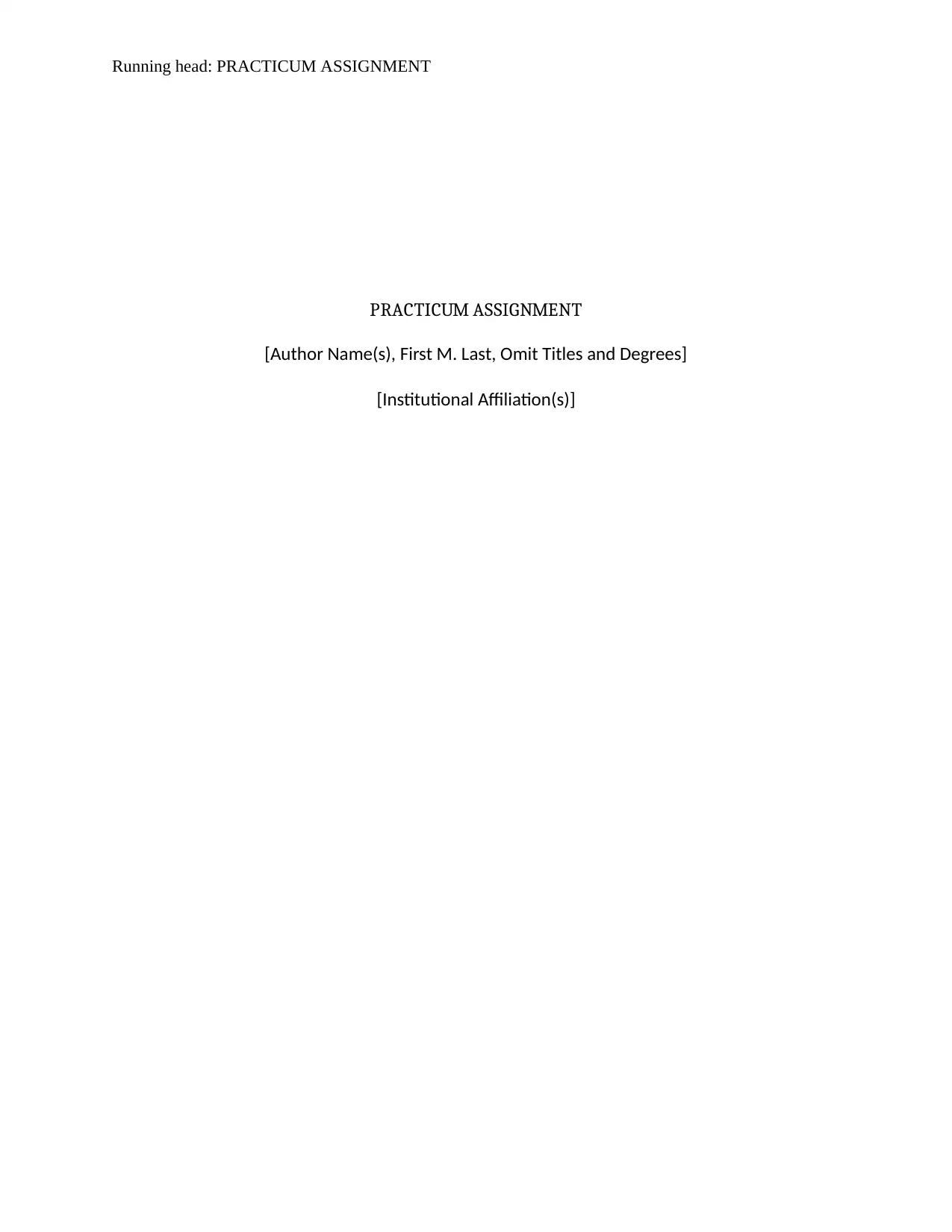
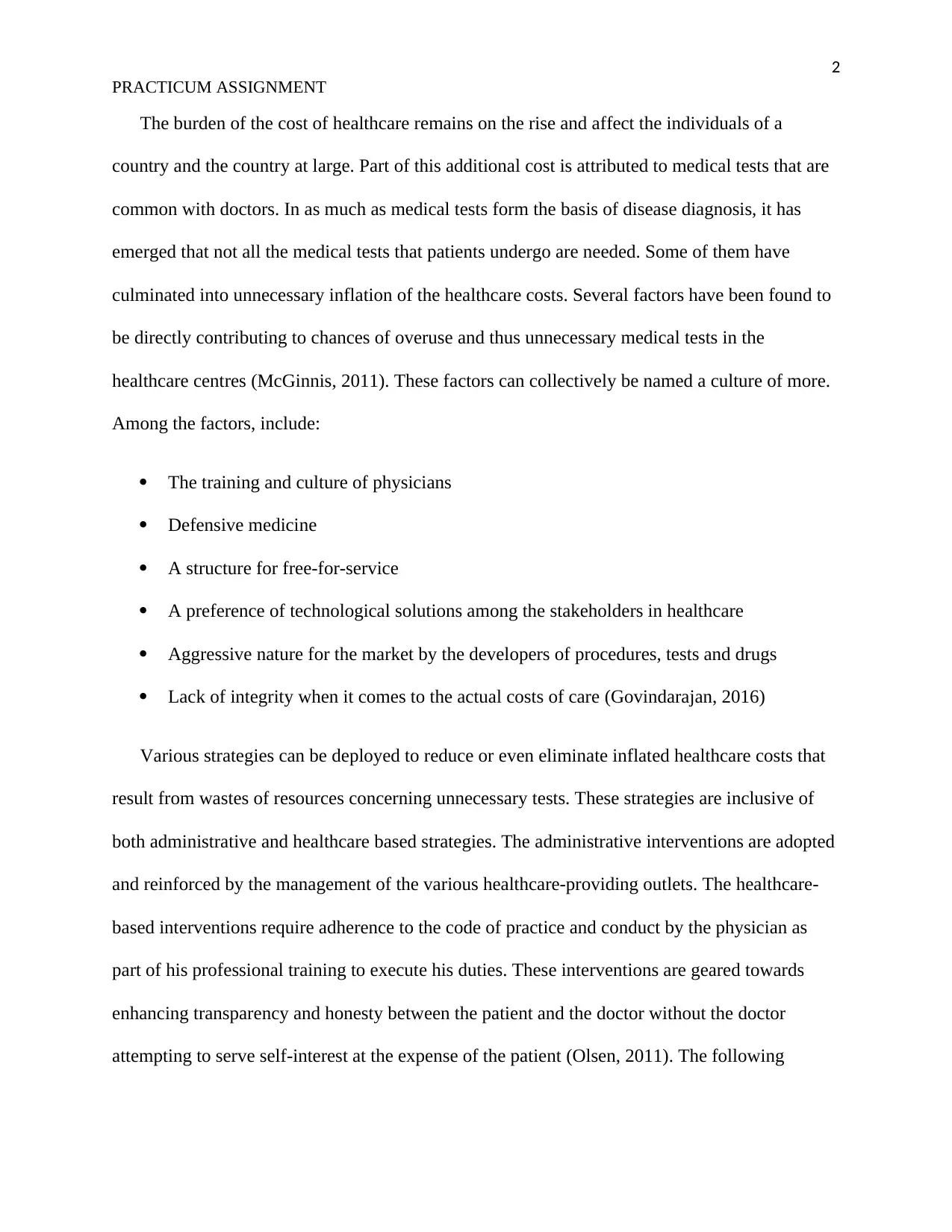
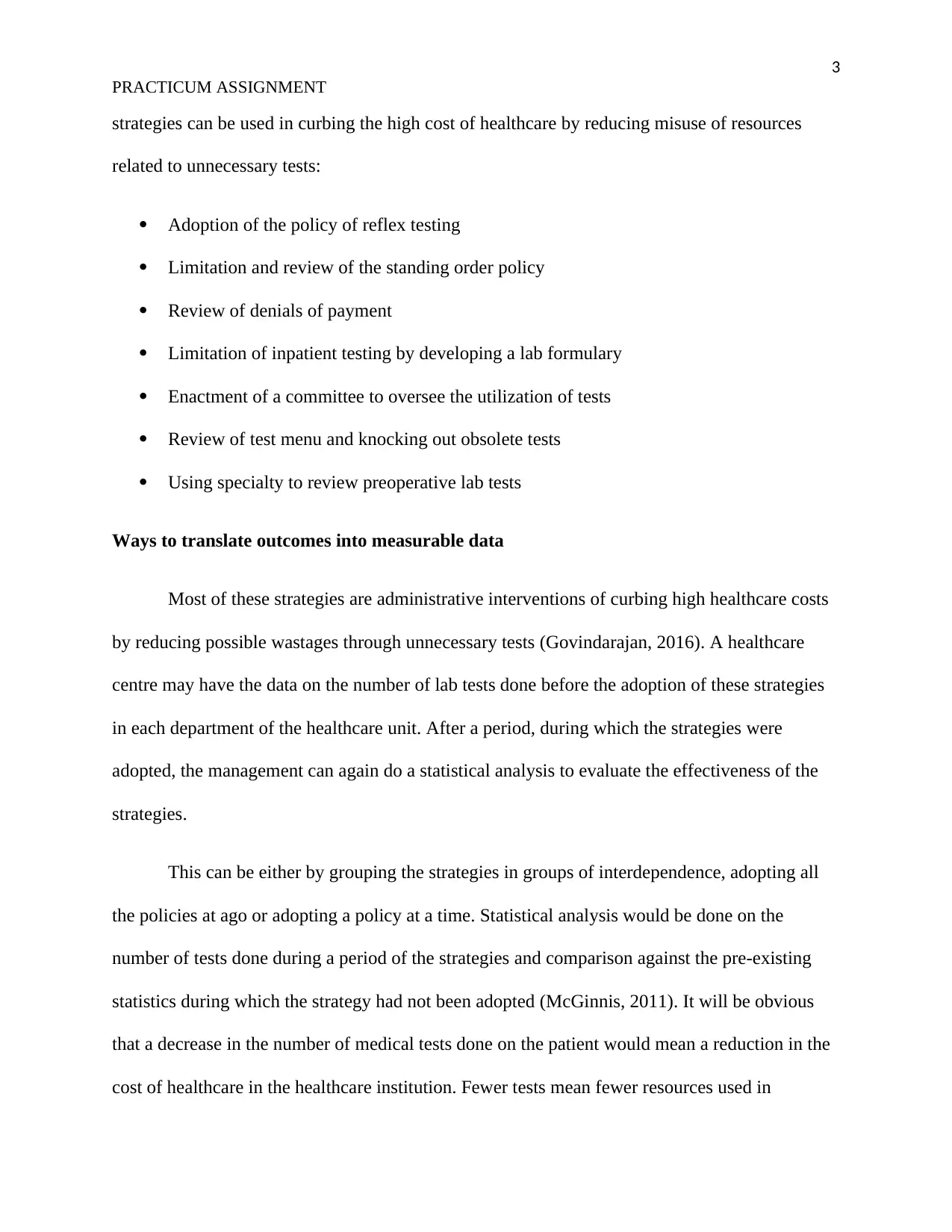
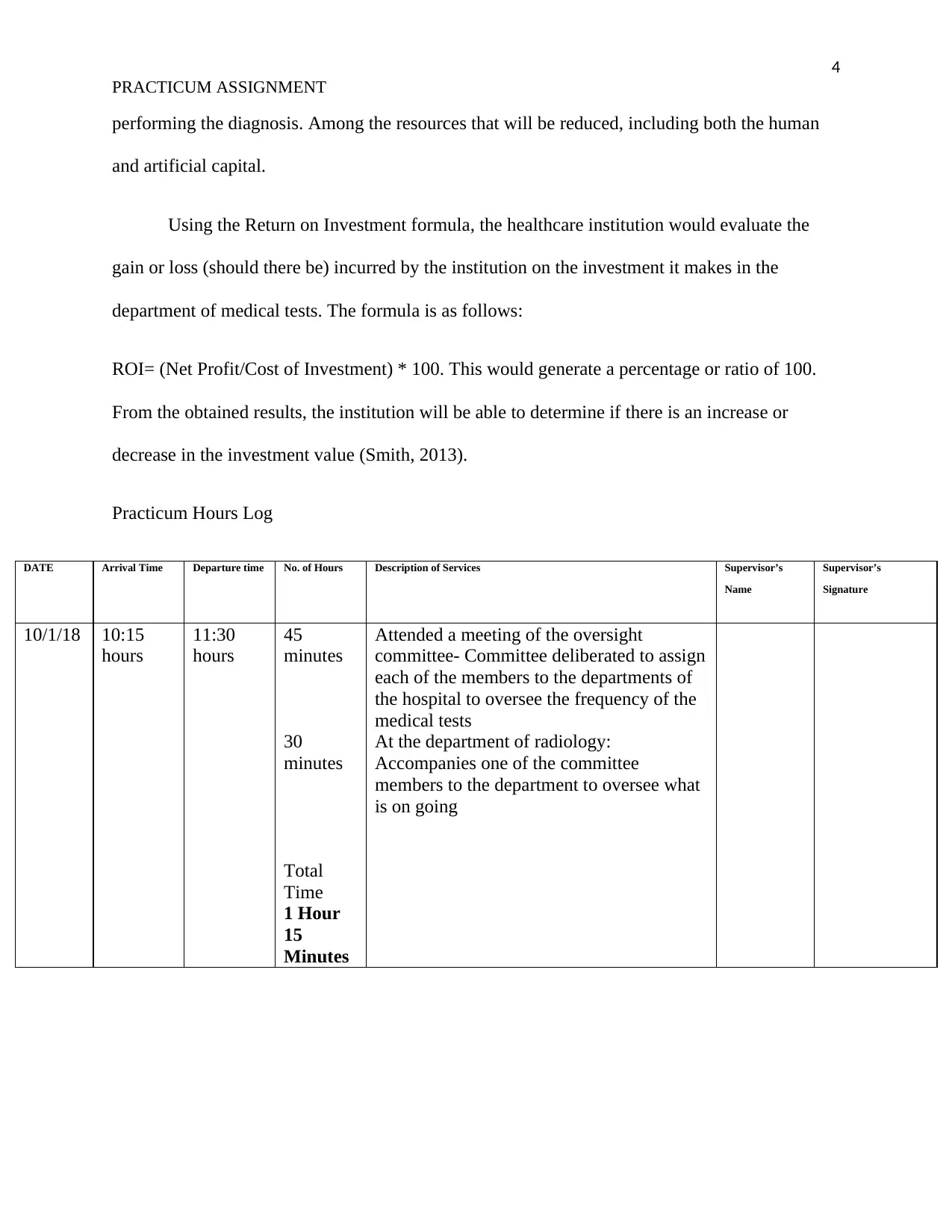
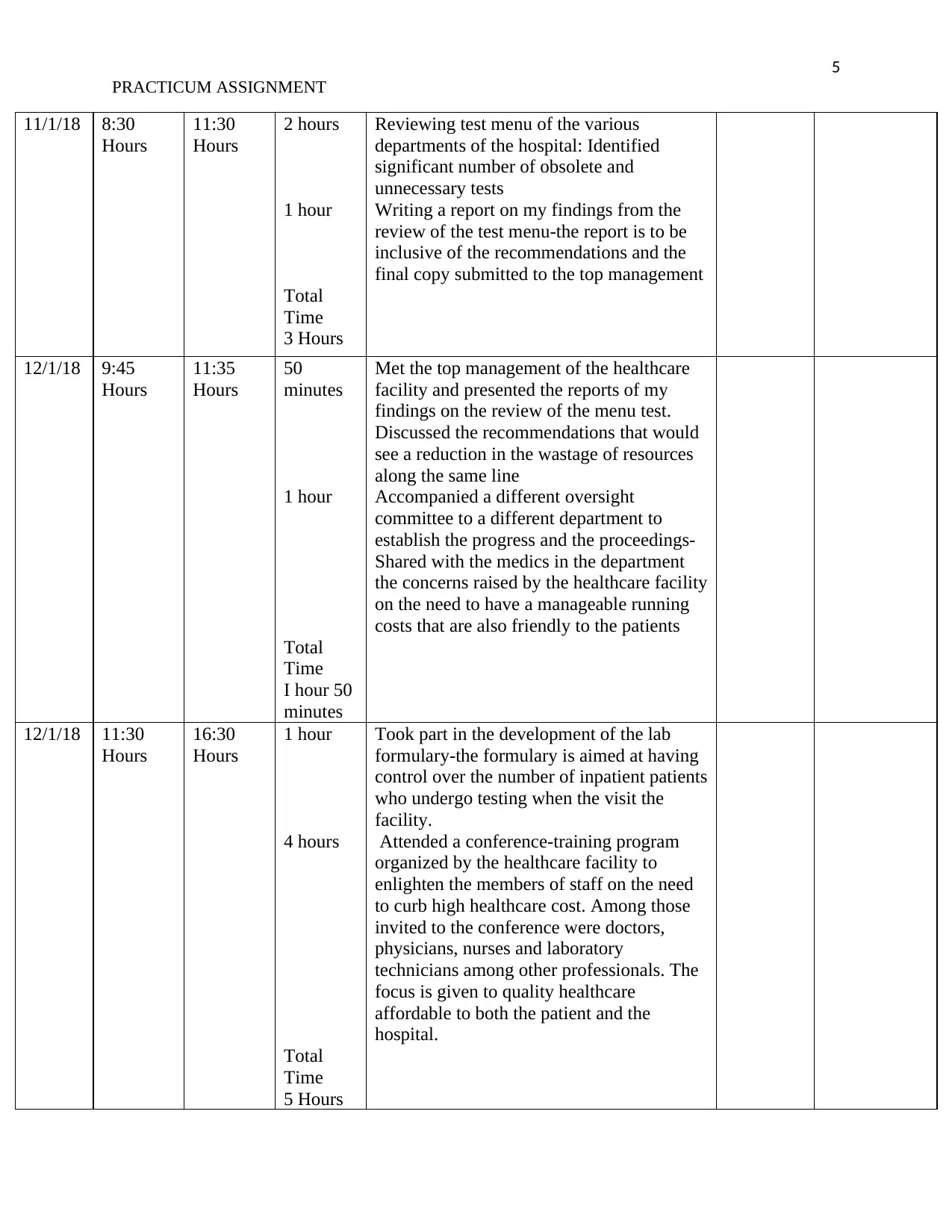
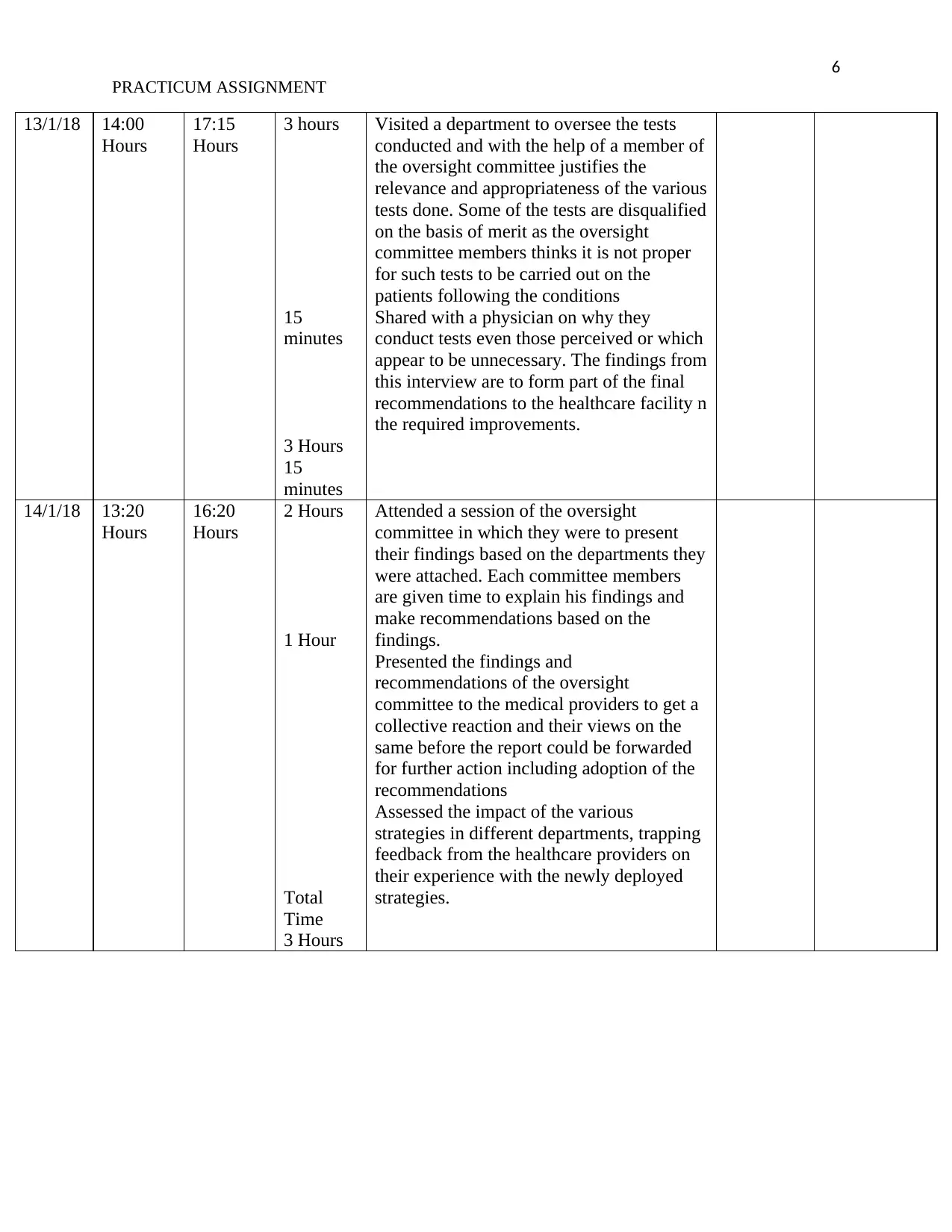
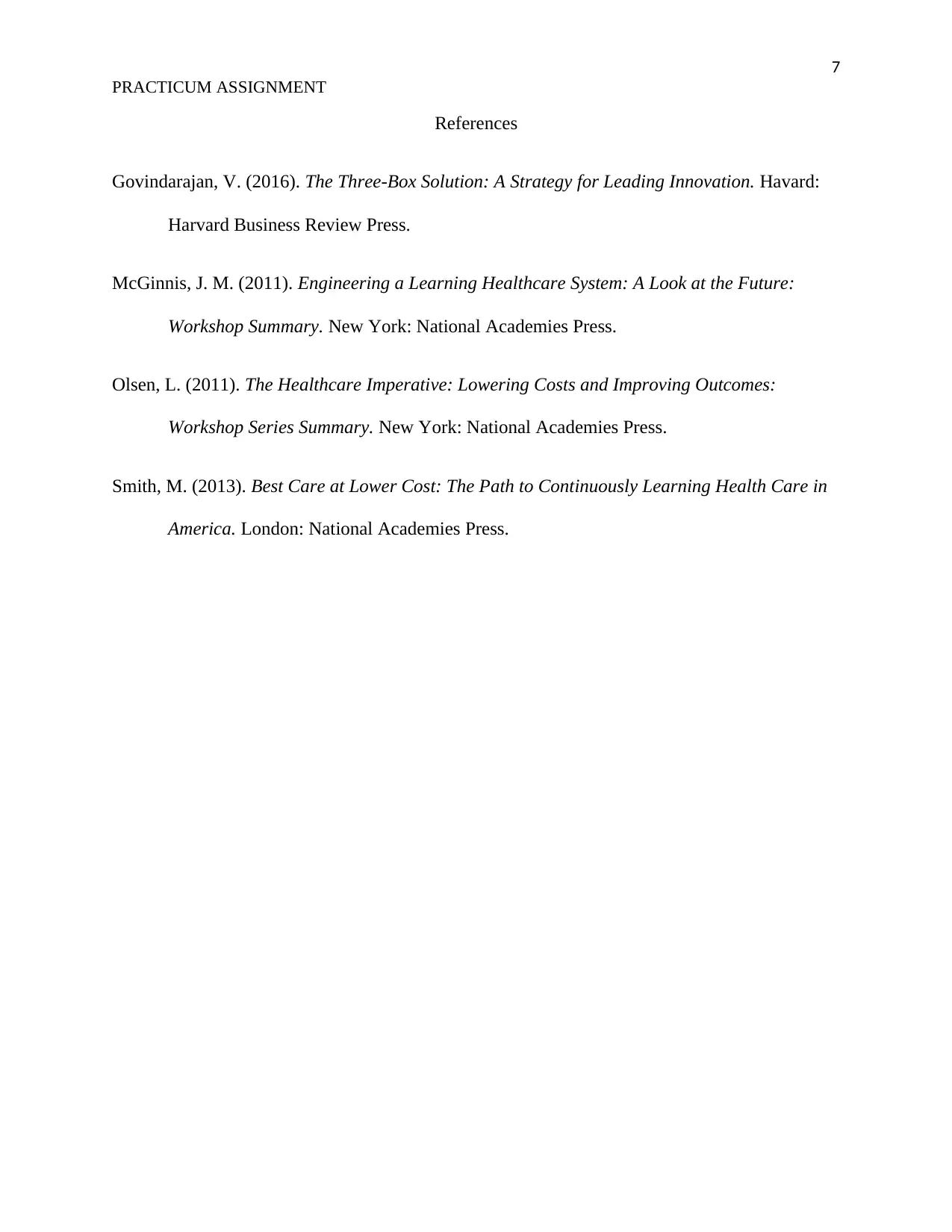






![[object Object]](/_next/static/media/star-bottom.7253800d.svg)